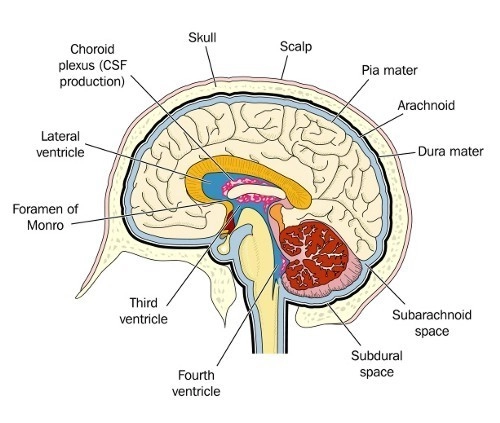Use P Codes with a Diagnosis of Infant Cerebral Trauma
Question: An infant is brought to the operating room with a post-traumatic, intraventricular brain hemorrhage. What is the correct ICD-10 code? California Subscriber Answer: You should plan on taking a question like this this step-by-step through the ICD-10 indexing process. In the index, you will find Hemorrhage, hemorrhagic (concealed) à intraventricular. At this point, a coder with less experience coding intracerebral trauma might conclude that I61.5 (Nontraumatic intracerebral hemorrhage, intraventricular) is correct. At further glance, this is incorrect because the diagnosis specifically states the hemorrhage is trauma-induced and because infants require a special set of P code diagnoses. Instead, under intraventricular you will see the option for "newborn (nontraumatic)." Underneath this term, choose "due to birth injury," which leads us to code P10.2 (Intraventricular hemorrhage due to birth injury). You would certainly be justified in critiquing the ICD-10 index for listing a traumatic hemorrhage under a clearly stated nontraumatic code. However, this example also offers a valuable lesson about scouring each term within the index before deciding on the correct diagnosis code. Other routes: As is the case with many diagnoses in the ICD-10 index, you can often take many different routes to reach the same diagnosis code. In this case, you could also search for Birth à injury (NOS) à intraventricular hemorrhage. However, taking the route of Newborn à affected by à hemorrhage (antepartum) would only lead you to the nontraumatic set of intraventricular hemorrhage codes.




